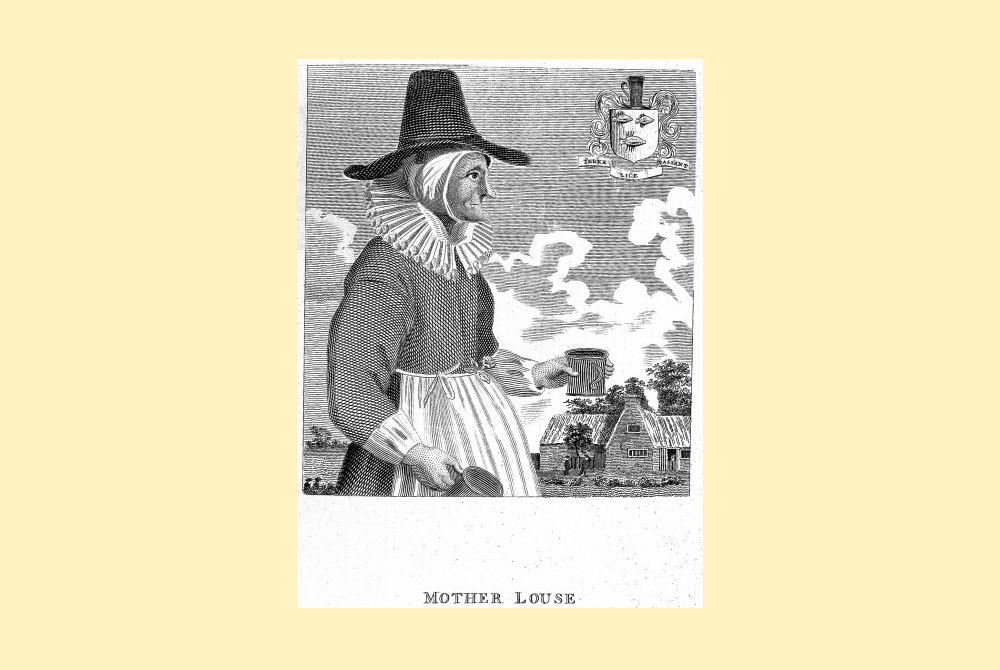Shop
How Women Started the Beer Industry
Ode to the alewife, those women who first brewed beer.
In an industry studded with beards, flannel, and bros, let’s not forget that brewing started with women.
Wait. What?
Records indicate that women were the first brewers, responsible for the production of fermented beverages in Egypt, Mesopotamia, Sumeria, and eventually Europe and North America. Written in 1800 BC, “A Hymn to Ninkasi” (the Sumerian goddess of alcohol) is one of the first texts to reference the brewing of beer at the hands of a woman — a goddess, no less.
Fast forward hundreds of years, and ladies are still brewing. In medieval England, they were known as alewives. As part of their domestic responsibilities, alewives brewed beer in their home kitchens since, due to the hygiene of the times, beer was safer to drink than water. Prior to the introduction of hops, ale spoiled quickly and mass production and distribution were not viable business models; instead, women ran local pubs and alehouses which served as the community lifeblood and backbone.
An accessible trade for both married and unmarried women, brewing did not require extensive training or education and could be done from the home as a source of income. Unfortunately, alewives developed a tawdry reputation, and the brewing trade gradually slipped through their fingers and into the hands of men. Eventually, three key events ended the role of women as keepers and makers of beer.
Eventually, three key events ended the role of women as keepers and makers of beer.
The first such event happened around 1000 AD, when monasteries began to brew beer throughout Europe. Increased production and perceptions of brewing as a more esteemed profession indicated an imminent shift in beer production and consumption, one that would push small, female-run business to the margins.
Then, following the Black Plague a few centuries later, demand for beer as a sanitary and safe drinking source increased. The small operations of alewives were no match for the larger operations that developed at the hands of men, who had greater access to capital and were generally more respected business operators.
The final nail in the coffin of alewives (and all lady brewers) came with the introduction of hops around the sixteenth century. The addition of hops to beer extended shelf life, making wide distribution possible at a scale not suited to the brewhouses of women. As brewing became more “scientific,” men took over the growing industry, leaving women to do little more than pour and sell beer.
Since then, women have remained in the margins of the beer world and the beverage has developed a gendered reputation as a “man’s drink.” However, the progressive-minded know that our dear beverage is neither manly nor womanly, but is a drink to be produced, shared, and enjoyed by all.
The explosion of the craft beer industry has provided opportunities for women to once again take a seat on the beer throne. Amidst the flowing sea of male brewers, let’s not forget the women of our storied past, as well as those of the present and future. Bring back the alewife, celebrate her, and drink good beer.



